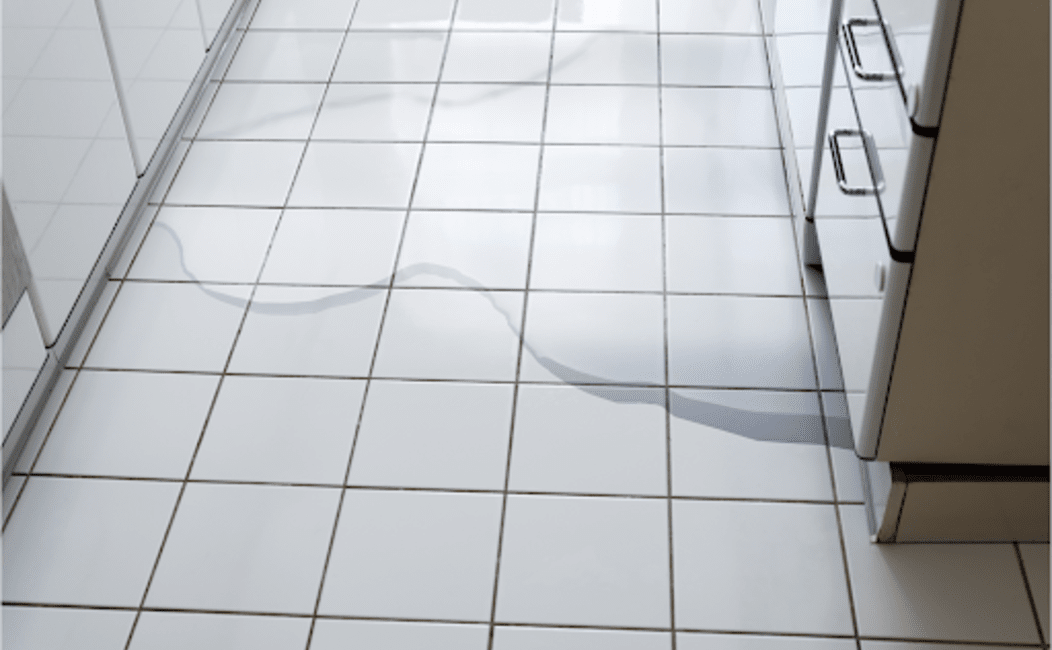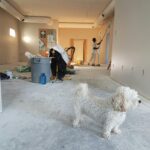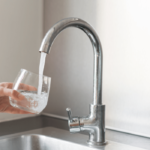Slab leaks are one of the most common plumbing problems that homeowners face. They occur when there is a leak in the pipes underneath your home’s concrete slab foundation. These leaks can not only cause serious damage to your property, but they can also lead to high water bills and mold growth if left undetected. This guide will discuss the signs of slab leaks and how to detect them in your home. To find reliable service providers in your area, search “slab leak repair near me” online.
Signs of Slab Leaks
The first step in detecting slab leaks is to know the signs that indicate their presence. Some of the most common symptoms include:
- High Water Bills: One of the first signs that you may have a slab leak is an unexplained increase in your water bill. If you notice a significant increase in water usage without changing your household’s water habits, it could be a sign of a slab leak.
- Sounds of Running Water: If you hear running water when no appliances or faucets are in use, it could indicate a slab leak. The sound is typically heard near the foundation or coming from the walls.
- Wet Spots on Floor: Finding wet spots on your floors is another telltale sign of a slab leak. These spots may be warm to the touch and indicate a leak in the hot water line.
- Mold or Mildew Growth: Slab leaks often lead to moisture buildup, encouraging mold and mildew growth. If you notice any musty odors or see patches of mold or mildew, it could be a sign of a slab leak.
- Cracks in Walls or Foundation: When water from a slab leak seeps into the ground, it can cause shifting and settling of your home’s foundation. This can result in cracks forming in your walls or floors, especially near the baseboards.
How to Detect Slab Leaks
If you notice any of the signs mentioned above, it is important to take action and detect the source of the leak as soon as possible. Here are a few methods for detecting slab leaks in your home:
- Visual Inspection: A visual inspection of your home’s foundation, walls, and floors can help you identify any visible signs of a slab leak, such as cracks or wet spots.
- Water Meter Test: Another way to detect a slab leak is by conducting a water meter test. Start by turning off all water sources in your home, then check the water meter. If it is still moving, it could indicate a leak.
- Pressure Test: A pressure test is another effective method for detecting slab leaks. It involves shutting off the main valve and monitoring the water pressure for any drops over a period of time.
- Thermal Imaging: Using thermal imaging technology, a professional plumber can detect temperature differences in your home’s flooring and walls that may indicate the presence of a slab leak.
Slab leaks are common but can cause serious damage if left untreated. By being aware of the signs and taking preventive measures, you can detect and address slab leaks in your home before they become major problems. Always consult a professional plumber for any plumbing issues to ensure proper detection and repair.



